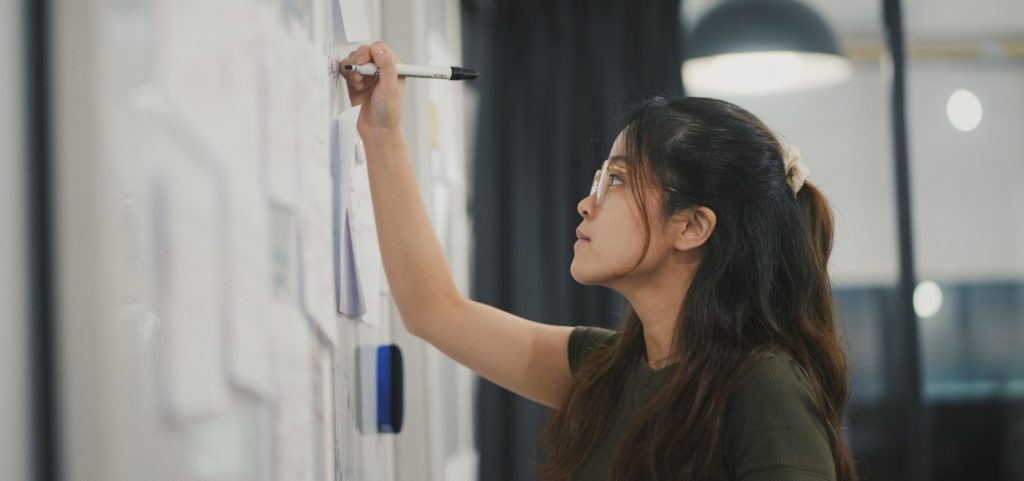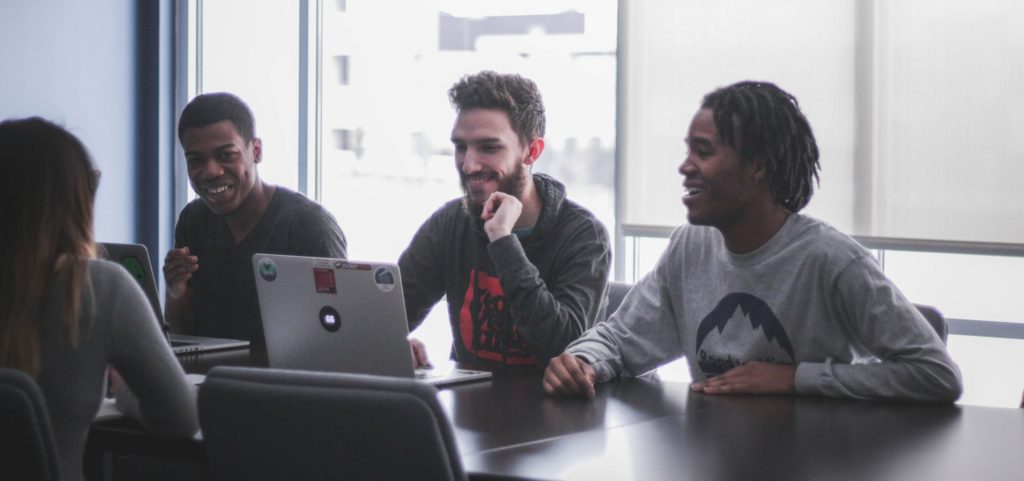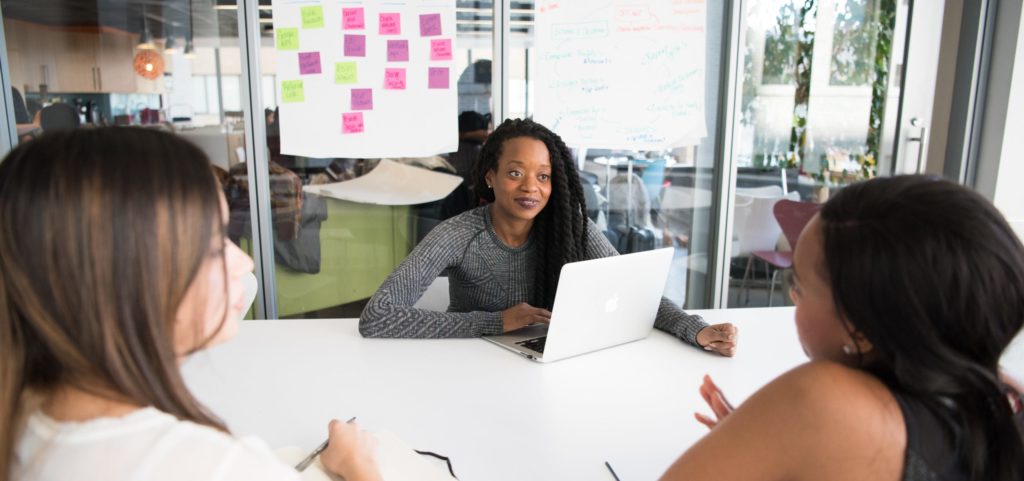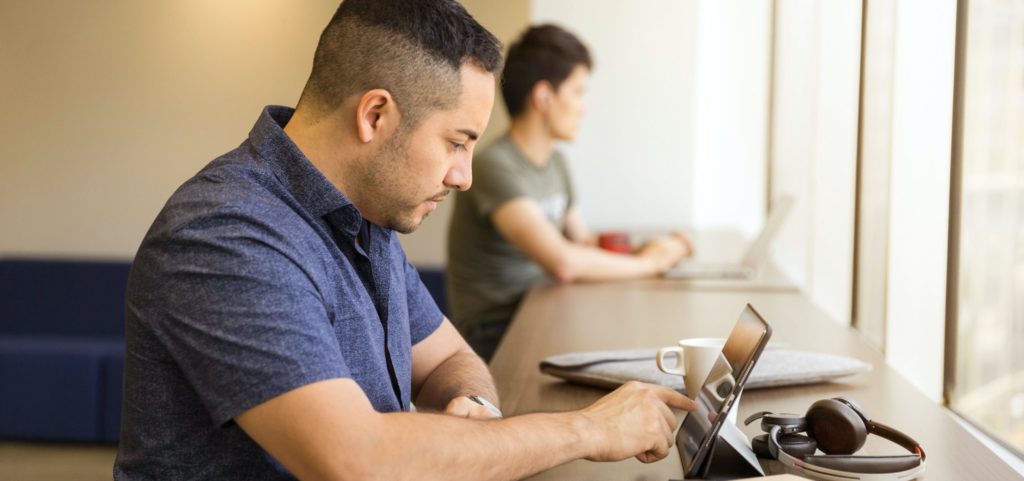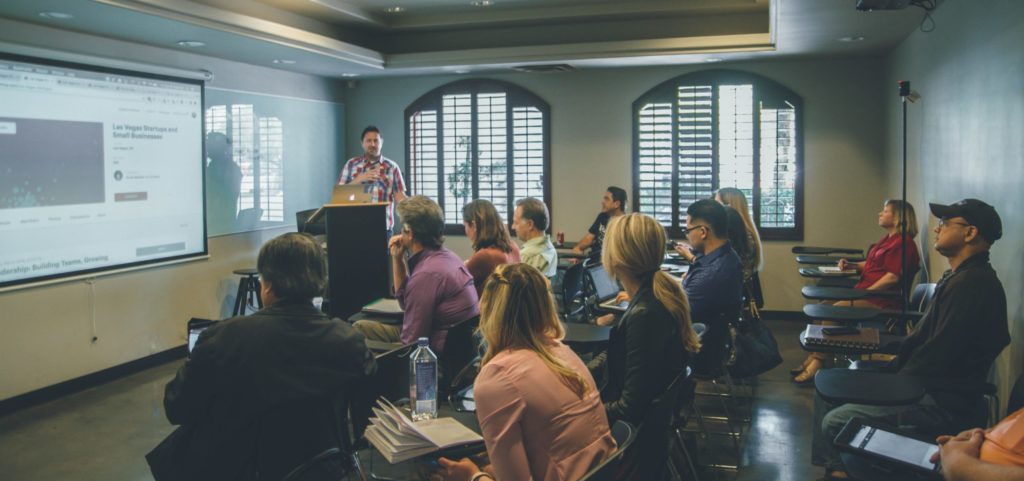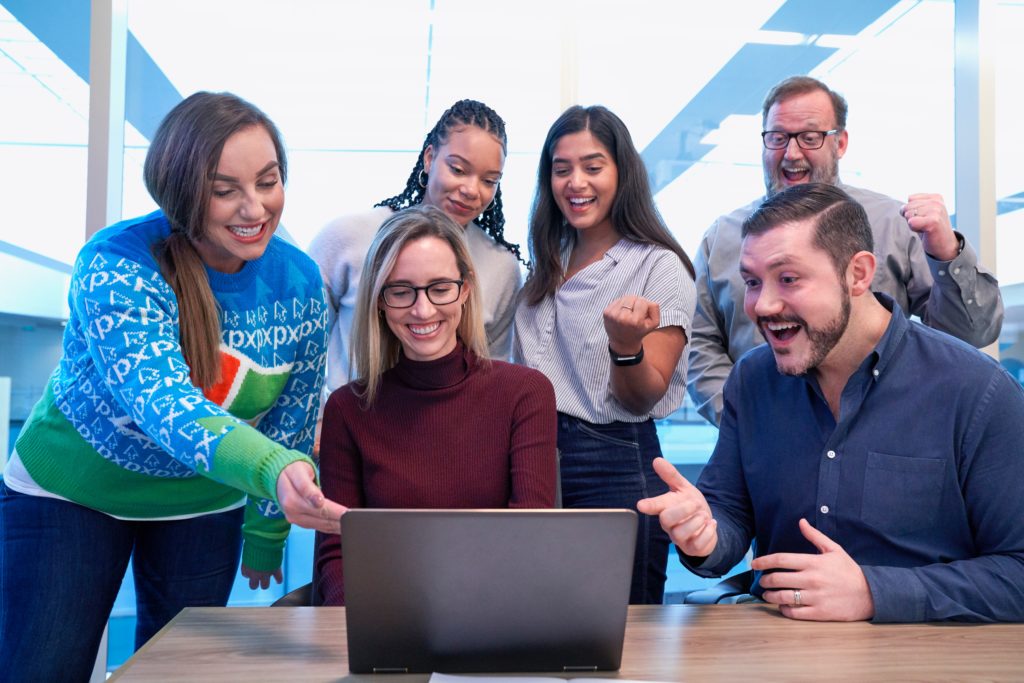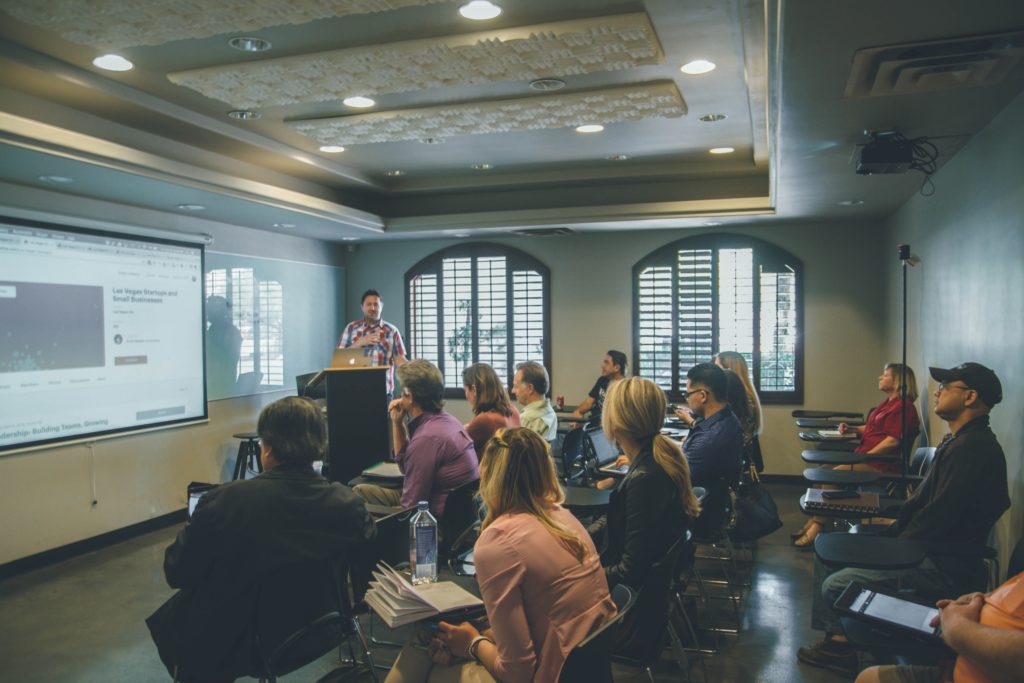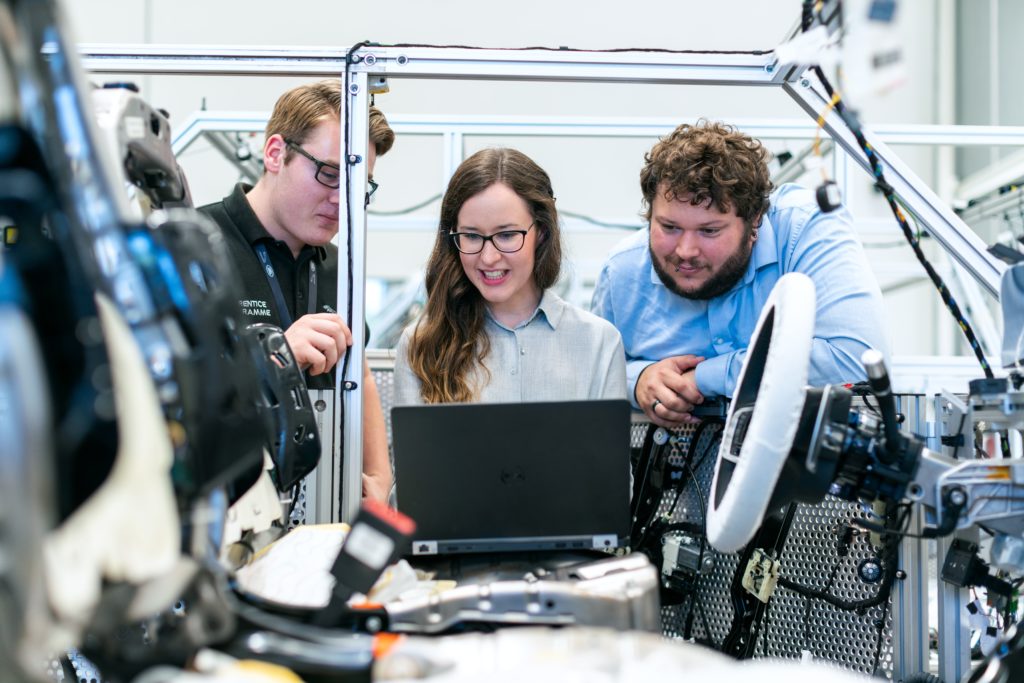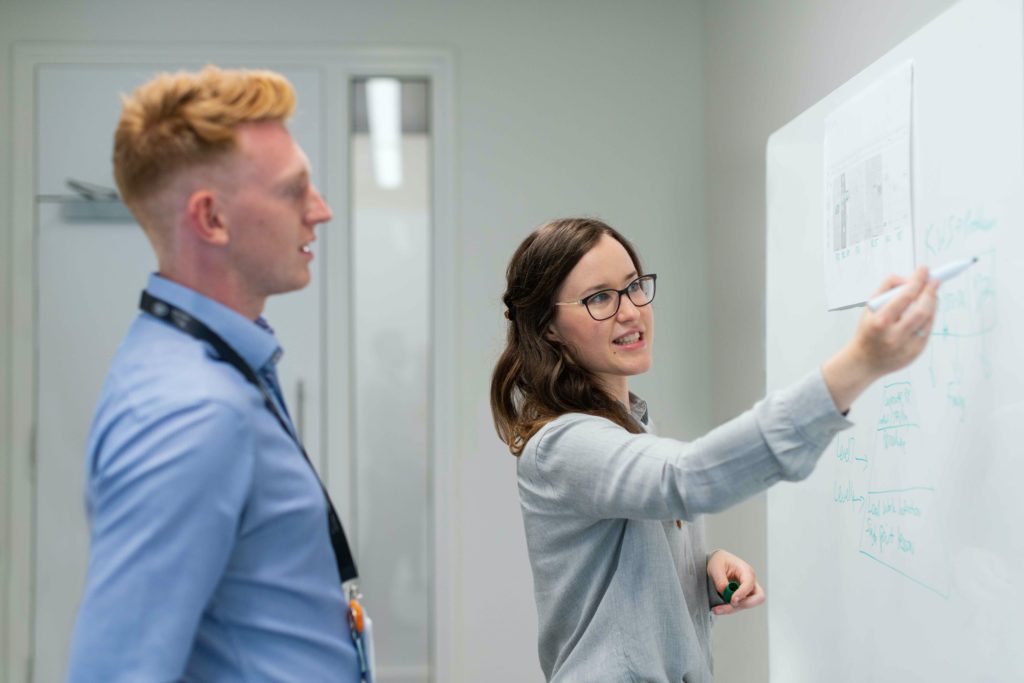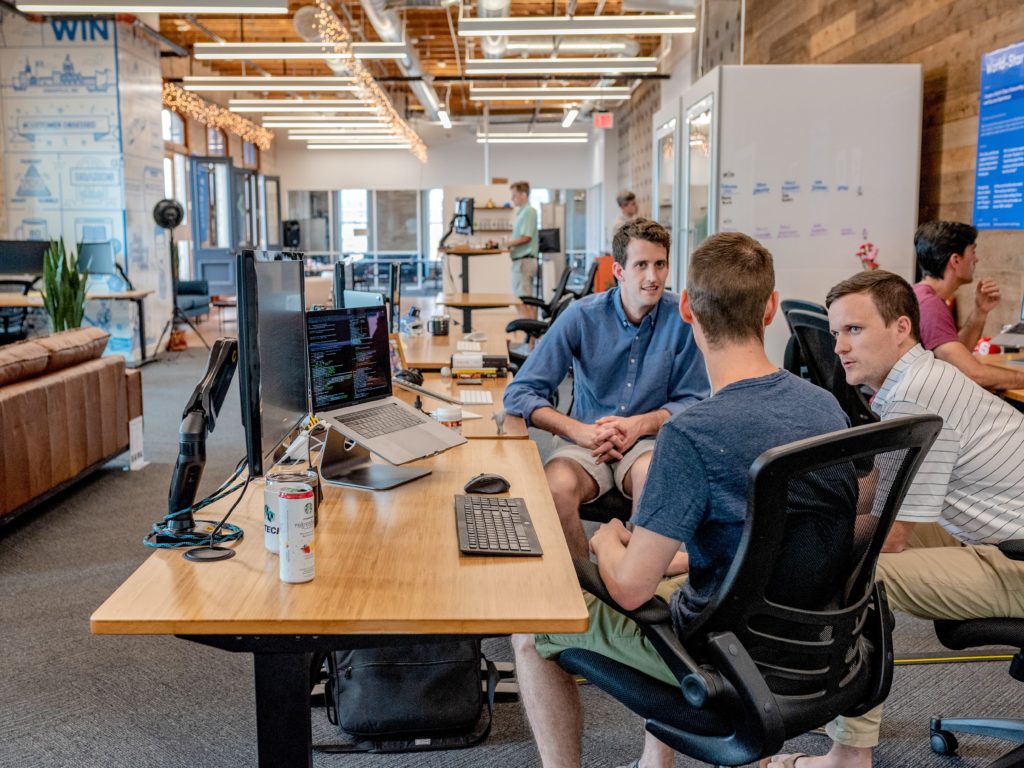Enhance Research Projects for Students with Experiential Learning
Helping students better retain and understand the information they teach is an integral part of being an educator. In higher education settings, teachers are constantly striving to improve educational and employment outcomes for their students—but what approach actually works?
Well, according to the latest research, experiential learning is one of the most powerful ways to enhance project processes and guarantee better outcomes.
In this article, we’ll go into depth about the experiential learning method and why it is becoming increasingly popular in higher education institutions around Australia and the globe.
What is experiential learning?
Experiential learning is a teaching method where students learn through experience. Educational theorist David A. Kolb first described the model in the 1970s, drawing inspiration from other theorists like Kurt Lewin, Jean Piaget, and John Dewey.
While the experiential learning approach has been used in schools for decades, it’s more recently become popular and prevalent in universities around Australia.
The goal of experiential learning is to provide students with the opportunity to explore, experiment, and discover the world around them. The approach is also student-driven, meaning it focuses on a student’s unique skills and topics they are interested in.
Importantly, experiential learning also requires reflection, where students look back upon and analyse what they have learned and performed.
Let’s make things clearer with an example.
Imagine you’re teaching an agriculture class. You could tell your students about how farming works, the techniques farmers use, and so on… but what if your students actually visited a farm? What if they directly interacted with the animals, tools, and equipment, cleaning sheds and preparing feed? They’d likely absorb the information much better and feel more prepared for their future career.
Some other examples of experiential learning include:
- Work-integrated learning, i.e. internships, job placements
- Project-based learning, i.e. team events and scientific research
- Practicums or practical lessons
- Excursions and incursions
- Study abroad experiences
- Certificate programs
- International student placements
You can apply the experiential learning approach to any project, regardless of the subjects you teach. Among other benefits, it’s a powerful way to prepare your students for entering the working world.
How experiential learning helps with research projects for students
Incorporating an experiential learning approach into your students’ research projects has an enormous number of benefits. Let’s discuss a few of them now.
Facilitates real-world experience
Through experiential learning, your students can integrate academic theory and apply their knowledge through direct experience in a real-world scenario.
The idea behind this approach is that by combining academic theory with practical application, students will be better prepared for life after graduation. They’ll also feel more confident in their abilities and likely to tackle life’s challenges head-on.
Accelerates learning
Experiential learning takes the traditional learning speed and turns it up a notch (or ten!). When students create work that’s personally meaningful to them, they’re likely to absorb information faster and achieve their set educational outcomes at a faster rate.
Integrates theory and practice
One of the main benefits of experiential learning is the integration of theory and practice. In other words, students can apply their learning to real-world scenarios, helping them understand why their work matters.
Take algebra, for example. Many students can learn and memorise formulas well, but struggle to understand why algebra matters and how they might use it in their daily lives. This view causes some students to feel less engaged with the subject matter.
One way to combat this is to use experiential learning to demonstrate to students how algebra applies to real life. For example, programming and web design students could research how linear algebra is used to create search engine ranking algorithms and create their own code using the appropriate formulas.
Submit your project to Practera and receive back a market research report with recommendations to inform your business needs
Boosts engagement
Drawing from the above point, when students understand why and how their learning matters, they become more engaged with the content. They start to see themselves as agents in their own education with real control over their learning paths and employment outcomes.
Additionally, research projects can be long and drawn out, making it difficult for some students to stay engaged across the course of the research project. Experiential learning can keep things interesting by offering varied, intense experiences that constantly offer new opportunities and challenges.
Encourages feedback and reflection
One of the key parts of experiential learning is its focus on critical reflection. When it comes to research projects, analysing findings is critical, helping students understand what they have learned and how well they have performed.
Reflecting on their learning in this way helps students independently identify areas of improvement and highlight potential skill gaps. Educators and students can then work together to fill these gaps before the student graduates.
Fosters a collaborative environment
Many experiential learning activities are group-based, with students interacting with their peers, educators, and industry leaders to achieve a goal. These interactions could include:
- Interviewing subject-matter experts (SMEs) to learn more about a topic,
- Volunteering for a local charity and interacting with other volunteers,
- Managing customers during a work placement,
- Working in a team with other students to complete a large research project.
Collaboration is essential for success in most workplaces, so it’s essential for students to gain experience in this area before graduation.
Implementing experiential learning in a student research project
Implementing the experiential learning approach into your students’ research projects is easy. Here are a few ideas to take on board.
Fieldwork
Fieldwork involves observing and collecting raw data about natural environments, cultures, and people. It is also commonly known as field research.
When you look at what’s involved in fieldwork, it’s clear to see the connection to experiential learning. Some key factors involved in fieldwork line up perfectly with those in Kolb’s experiential learning model, like direct observation and reflection or analysis.
Through data analysis, fieldwork helps students understand varied perspectives on ecological, social, and political issues. This understanding can help them justify their own views while acknowledging how other people see the world.
Internships
Internships help students gain real-world experience in a working environment relevant to their chosen career path.
Today’s employers are looking for more than a university degree—they’re after demonstrated experience. And for fresh graduates, work experience is hard to come by. That’s why internships are so valuable.
Simulations
As many companies are moving to remote work setups, work simulations are becoming a popular way for students to gain real-world experience without entering a physical workplace.
These simulations are comparable to real-world tasks in that students can self-assess their skills and see how their learning applies to real scenarios.
For example, students could undertake a simulated work project where they start up and run a coffee shop. Working as a group, students could run simulated job interviews, assign positions, plan marketing campaigns, and practise their skills.
Team projects
Working with other students towards a common goal is a fantastic way to teach students about the value of collaboration. Adding multiple perspectives to a research project is sure to invoke fresh, unique, and innovative ideas and experiences that students can draw upon as they enter working life.
Working as a team can also break up a long research project and keep students engaged for longer. For example, each student could take on a role related to their individual skills and experience, with one as Project Manager, one as Principal Investigator, and so on.
How companies can benefit from student research projects
Experiential learning and student research projects don’t just benefit students, but educators, educational institutions, and companies, too.
Save time and money on market research
By engaging in student partnerships, businesses can save time and money on market research. Through employability programs like those offered by Practera, companies can connect to students across Australia and the globe at no extra cost.
These students can offer invaluable reflections on currently untapped markets, evaluating the effectiveness of marketing, social media strategies, and more from an insider perspective.
By using Practera’s dedicated platform, businesses can also access accurate measurements of the project’s performance.
Uncover unique and useful insights
Practera’s student research projects are designed to help businesses and students work together to solve a pressing challenge. These challenges could include:
- International growth,
- Social impact,
- Funding opportunities,
- Growth opportunities following COVID-19.
Working with students towards these goals can open up fresh perspectives and reveal up to date information for businesses while helping students build job-ready skills at the same time.
And with many students dedicating up 300 or more hours of solid work to these research projects, businesses can be sure they’ll have a team of loyal, passionate workers at their disposal.
Discover opportunities for your business
Getting involved in student research projects is a surefire way for businesses to unlock exciting opportunities for growth. Along with addressing skill shortages and helping to fill employment gaps, businesses can demonstrate their alignment with social responsibility and sustainability objectives, improving their brand’s reputation.
Learning with students can also improve staff relationships and identify opportunities for training or improvement within a business’s existing workforce.
Experiential research projects with Practera
Accessing, integrating, and delivering experiential research projects is easier than ever with Practera’s dedicated experiential learning platform and managed services. The software makes learning delivery seamless thanks to its custom experience design features and extensive template library. By connecting with our team and accessing our managed services, we can ensure your projects are connected with global organisations with continuous support for your students from a dedicated program manager.
In addition, you can access a range of helpful tools through the platform, including 360-degree feedback, illustrated workflows, detailed analytics, real-time performance tracking, and so much more.
Connect with the Practera team today to discuss how our platform and managed services could help you. Alternatively, you can download our white paper to discover our latest research into online project-based and experiential learning.
Submit your project today and Practera will assign a team of students to perform the research for your company






